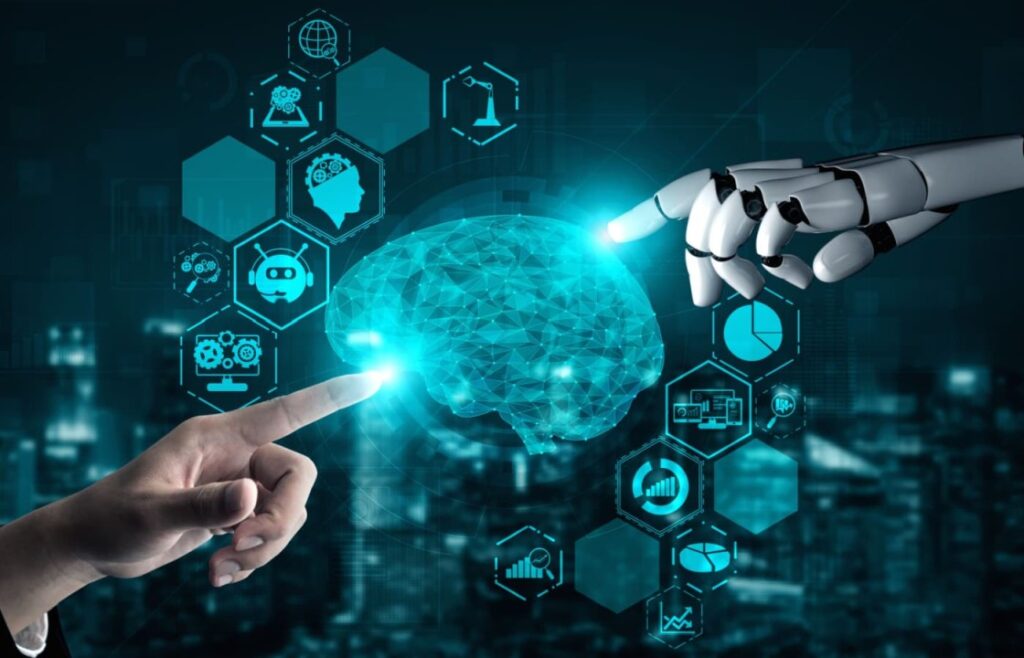Artificial Intelligence AI can be a complex field, with a lot of technical jargon that can be confusing for beginners. However, understanding a few key terms can make it easier to grasp the basics of how AI works and what it can do. Here’s a simplified guide to some common AI terms:
- Artificial Intelligence AI:
At its core, AI refers to the ability of a machine to perform tasks that would normally require human intelligence. These tasks can include problem-solving, learning, understanding language, and recognizing patterns.
- Machine Learning ML:
Machine Learning is a subset of AI where computers learn from data without being explicitly programmed. Instead of following set instructions, ML systems find patterns in data and improve their performance over time. For example, recommendation systems on platforms like YouTube or Netflix use ML to suggest videos or shows based on your preferences.
- Deep Learning:
This is a specialized form of Machine Learning that mimics the workings of the human brain using structures called neural networks. Deep Learning allows AI to perform more complex tasks, such as recognizing images, translating languages, or even generating realistic images and text. It is the driving force behind technologies like self-driving cars and advanced speech recognition.

- Neural Networks:
Inspired by the structure of the human brain, neural networks consist of layers of interconnected nodes neurons. They process input data and make predictions or decisions based on that data. Each layer analyzes different features of the input, and the deeper the network, the more sophisticated its decision-making becomes.
- Natural Language Processing NLP:
NLP is a branch of AI that focuses on enabling machines to understand, interpret, and respond to human language. NLP is used in applications like chatbots, virtual assistants such as Siri or Alexa, and language translation services. It helps machines not just recognize words, but understand the context and meaning behind them.
- Computer Vision:
Computer vision allows AI systems to see and interpret visual information from the world, similar to how humans process images and videos. It is used in facial recognition, medical imaging, and autonomous vehicles. This technology enables machines to analyze and understand the content of images or videos in real-time.
- Data Mining:
Data mining is the process of analyzing large sets of data to discover patterns and useful information. It is often a precursor to Machine Learning, as the insights gained from data mining can be used to train AI models.
- Algorithm:
An algorithm is a set of step-by-step instructions for solving a problem or performing a task. In AI, algorithms are used to process data and make decisions. The more efficient the algorithm, the better the AI performs.
- Supervised vs. Unsupervised Learning:
Supervised ai Learning involves training a model on a labeled dataset, meaning the data includes both input and the desired output. The model learns to predict outcomes based on this data.